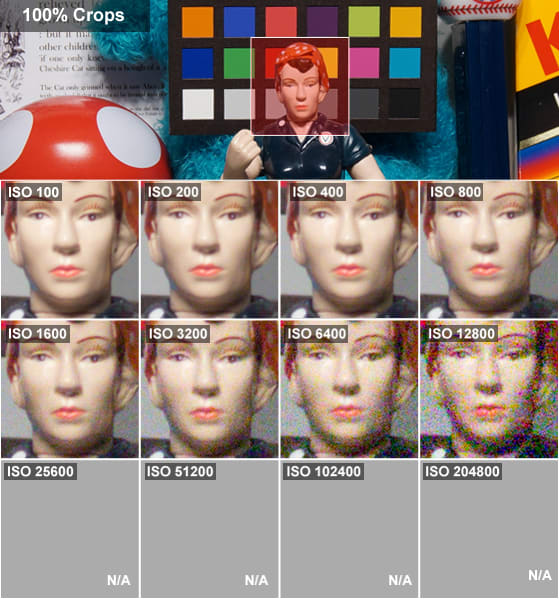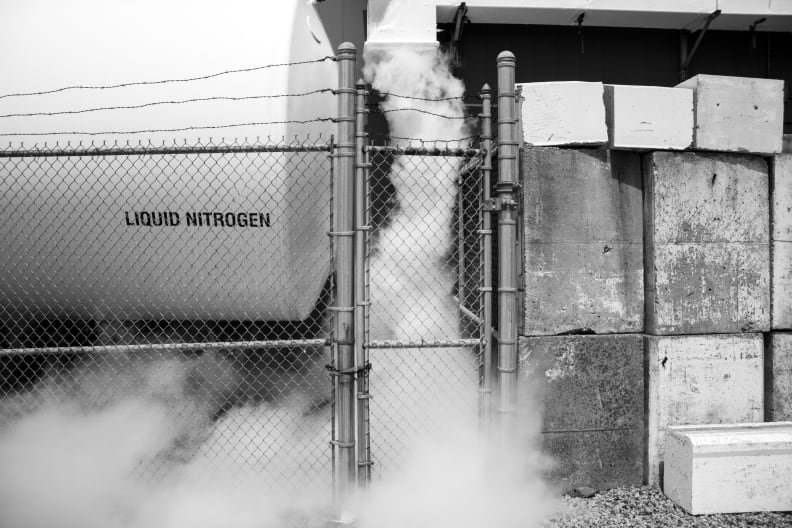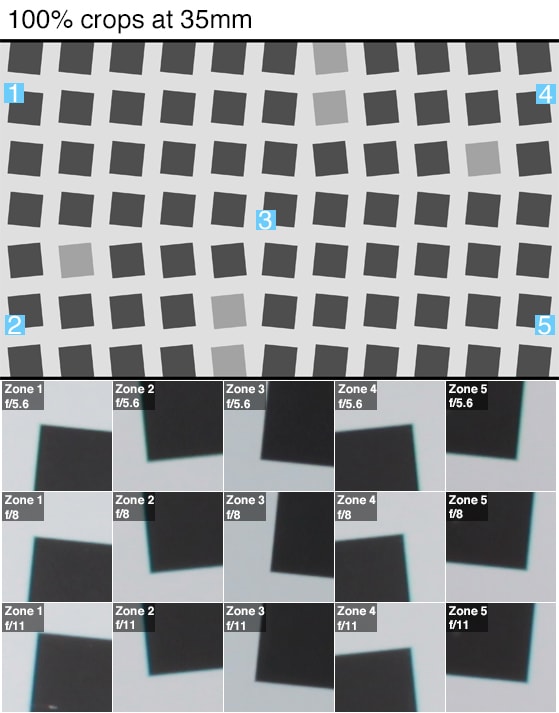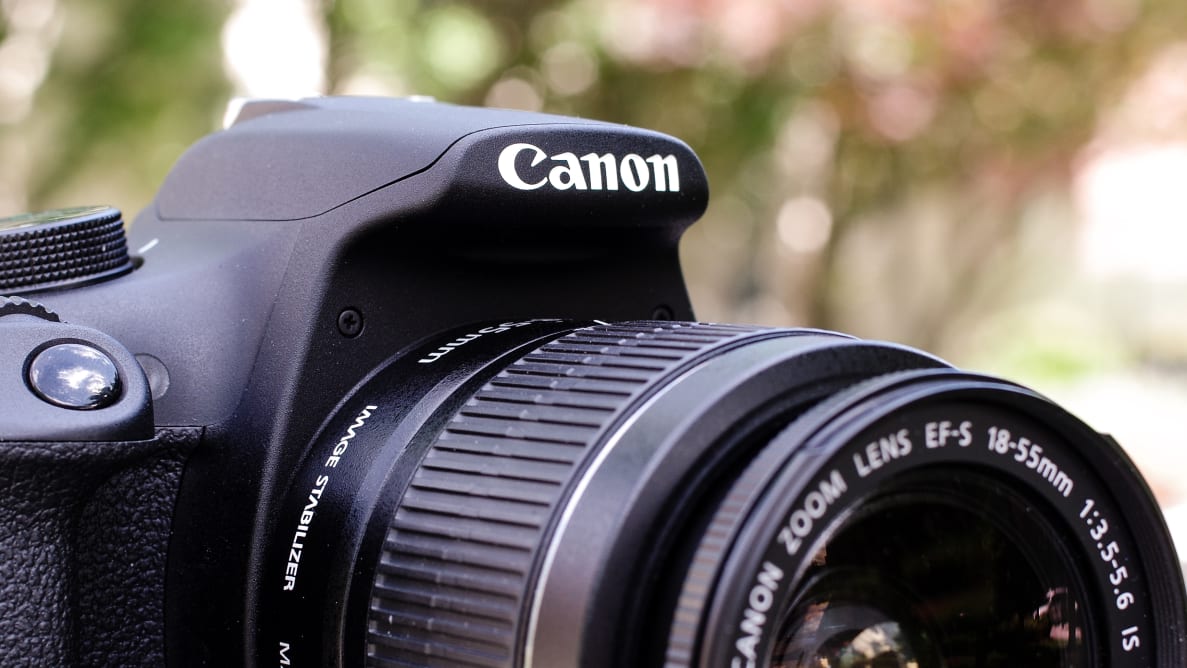Pros
-
Easy to Use
-
Includes full-HD 1080p video
Cons
-
Limited features
So what do you get for your money? With the T5, you aren't getting the performance you would get out of a flagship body like the EOS 5D Mark III or the features out the slightly more expensive Canon EOS Rebel T5i. Instead, you get an entry level camera that is easy to use and will be able to do all the basics that an amateur photographer will need it to.
Canon knows the formula for what a bare-minimum, entry-level cameras needs to sell and has updated the new T5 to fill in the blanks. It will perform the duties required of a basic interchangeable lens camera for novices looking to get a DSLR for traveling or learning at a low price. Other than that, it is mostly just a slightly updated T3 or dumbed down T5i, depending on your perspective.
Design & Handling
All about that new grip
Not many things have changed from the T3 to the T5, design-wise. All of the controls are still on the right-hand side of the camera and only require one hand for operating. Only a few small shifts in button layout have occurred, but they all made the controls slightly more accessible than on the previous model. The live view button has been moved above the exposure compensation button. The display and playback button were moved a little left. Probably the most needed move was taking the speaker from the right side (near the thumb) and placing it on the top left of the camera so it is never accidentally covered up. The simple layout is great for beginners looking for something that is intuitive and not overwhelming, with enough control to learn the basics of photography.
{{ photo_gallery name="Tour" }}
The T5 has also lost a couple grams—15g to be exact—that makes it a little easier to handle. The LCD has grown by 0.3" (and doubled in resolution), but the overall camera dimensions have stayed the same. One thing you will notice about the T5, that the T3 lacked, is a textured grip. This coupled with the light weight removes the feeling that you are going to drop it at any moment. In fact, the entire camera has a more matted look and feel as opposed to its glossier precursor. This change might be the single biggest improvement, and it is the same as the T5i.
I found that handling was pretty fluid when changing through shooting modes and changing settings while in manual mode. Being able to change all of your key settings with one hand is a nice change from the higher-end models where you typically need two hands to change multiple things. If I had never picked up a DSLR before, I think I would've found it intuitive and easy to learn. That said, if you're completely new to advanced photographer—or buying the T5 for someone who is—we recommend picking up a guide to help learn the basics.
Performance
Replace the kit lens. Immediately.
Compared to the competition, the T5 is purely in the middle of the pack. Obviously we aren't expecting an entry-level DSLR to blow away our tests, but the T5 really struggled though many. But while we're not impressed with what the T5 can do, there's one (fixable) culprit: the kit lens.
In our tests the T5 struggled the most when it came to producing sharp, detailed images—even with the newer 18-55mm IS II kit lens. If you do plan on getting this camera, we recommend getting it body-only and getting the Canon EF 50mm f/1.8. You will lose the option to zoom, but the 50mm f/1.8 only costs about $100 and is worlds better than any other kit lens on the market. Simply put, if you only use the kit lens with the T5 you're paying for performance that you aren't actually getting.
{{ photo_gallery name="Samplesss" }}
Video performance was improved over the T3, which wasn't much of a task as it only shot 720p. However, video motion, sharpness, and lowlight sensitivity were down all down when we compared its test results to the newer T5i. These are all likely due to the subpar sharpness from the kit lens, so getting another lens is likely to help these results a bit. While Canon is usually known for it's video performance, right now we would recommend going with the Nikon D5100 (which is currently around the same price range) for video needs, though if you need advanced audio features such as a headphone jack, you'll have to look even further up-market.
When shooting in low light the T5 will perform respectable for an entry-level DSLR, keeping noise to a minimum. It covers an ISO range that is standard in DSLRs today, ISO 100-12,800. The noise isn't too bad from ISO 100-800 without noise reduction, but from ISO 1600-12800 you will certainly want to take advantage of the three levels of noise reduction: Low, Normal, and Strong. The Low setting preserves more fine detail but isn't effective enough at the top end of the ISO scale. Normal and Strong make the higher ISO ranges viable in low light settings, but wipe away more fine detail.

We don't recommend shooting sports or action with the T5, as it simply isn't the camera's strong suit. In our tests it could only average about 3 fps for about 10 shots when shooting JPEGs and fewer if you need to shoot RAW. However, the autofocus is fast enough to capture the kids playing around the house with consistent accuracy, you just have to pick your spots carefully to get the right shot.
Ending on a good note, the color accuracy of the "Faithful" mode has stayed true to the name. It is a little over saturated at 105%, but compared to the other modes that top 127% saturation, it is very respectable. The chromatic aberration, dynamic range, and white balance all are slightly improved over the T5i, as well, showing improved processing on Canon's end.
Features
Move along, move along...
As stated before, the T5 really does give the bare minimum when it comes to features. There's no touchscreen, no WiFi, no built-in interval shooting, no timelapse mode. There's not even the usual complement of scene modes found on lower-end Canon cameras. For video shooters there's now 1080p video, but there's no flip-out screen for framing, no mic jack, and (of course) no headphone jack. Other than a larger LCD and a new sensor (likely the same one found in the T3i, T4i, T5i, etc.), there's simply not much here that jumps out at you.
We shouldn't totally understate the new 18-megapixel APS-C sensor, as it is a massive upgrade from the 12-megapixel sensor of the T3. Moving from 12 megapixels to 18 seems like a big jump, but if our hunch is correct this is still a sensor that saw its last meaningful update three years ago. It's nicer than the T3's sensor, but that really isn't saying much, and this whole contraption is still powered by the Digic 4 processor, which was designed back in 2008, the same year the second-gen iPhone 3G came out.
{{ photo_gallery name="Design" }}
Conclusion
Canon is still on cruise control.
Over the last few years the camera industry has undergone some turbulent changes. Though most of Canon's competitors have been desperate just to stay above water, Canon has been leveraging its advantage as the top selling brand by keeping things steady. However, the desperation of companies like Fujifilm, Olympus, Panasonic, and Sony has been paying dividends recently in the form of better, cheaper cameras ripe with innovation.

Canon, by comparison, has done almost nothing to update its Rebel cameras over the past few years. The T5i is essentially a re-badged T4i, which was already a tepid upgrade over the T3i, itself barely different from the T2i. The T3 was announced alongside the T3i and Canon hasn't even bothered to upgrade it, keeping it a current model until the release of the T5 this year. While we were hoping that the T5 signaled Canon finally living up to its "Rebel" name and innovating once more, the T5 comes across as yet another lazy upgrade. There are some notable differences compared to the T3, but we've already seen a Canon DSLR with a 3-inch LCD, Digic 4 processor, and an 18-megapixel sensor—it was called the T2i, and it came out in 2010.
Sure, this kit lens has upgraded stabilization. But like we previously stated, the 18-55mm kit lens is not the way to go. The lack of sharpness hinders performance, and just about any other lens would be far better. Since it is a Canon, you have many other lenses to choose from, so don't settle for a lens that doesn't nearly live up to the T5's potential. And despite our frustration with how little Canon saw fit to change, this is still a camera with plenty of potential. It just doesn't have as much potential as nearly all of its competitors.
Seeing how long it took to update the T3, we are sure that the T5 will be Canon's entry-level camera for a few years to come. That said, we are still hoping that Canon, at some point, sees fit to have some features from its higher-end cameras (like the EOS 70D) trickle down to the Rebel line. Canon clearly has the knowhow, ability, and production capacity to produce better cameras than this. It just seems to lack the motivation.
Ultimately the T5 is a camera that will take someone that has never used a DSLR and get them into the action quickly due to its ease of use. But even in that case we're hard-pressed to recommend it. There are far better cameras in this price range, such as the Pentax K-50, Nikon D3300, and Sony A5000. And if you love Canon's ease of use, just pick up a T2i. We don't think you'll notice a difference.
By the Numbers
We realize at this point that Canon's T5 can be described as basically a T5i with none of the features or a T3 with slightly upgraded performance. Canon was clearly on cruise control for this update of the far outdated T3. We say this because the numbers back it up and the numbers (sort of) never lie. And just because the "wow" factor wasn't there for this update, doesn't mean the camera doesn't perform well. It gives Canon a new entry-level camera in the Rebel line that desperately needed a new one, if only so Canon can stop selling a camera that debuted three years ago.
Color Accuracy and White Balance
Color accuracy was something that the T5 did manage to test well in. With the exception of the "Landscape" and "Portrait" color modes (mostly for artistic purposes rather than true error), everything was under 110% saturation with a ∆C00 (saturation corrected) below 3. "Faithful" really stood out with ∆C00 1.96 and 105.7% saturation, making it the go-to color mode for accuracy.
{{ photo_gallery name="Color" }}
The automatic white balances performed well in the lab. Though the T5 does struggle with incandescent light a bit, leaving it warm. Daylight and fluorescent lighting were corrected quickly and effectively over multiple runs. In most conditions, we recommend just sticking with the automatic white balance. You can shoot in RAW or capture a custom white balance is you really need accurate colors, but only under incandescent lighting is it going to have any great effect.
Resolution
Sharpness was pretty underwhelming on the T5, just like it was on the T5i. This can most likely be contributed in part to the 18-55mm kit lens. Canon kit lenses typically underperform in the sharpness area, so we recommend staying away from them if possible.

Note the lack of any hard lines.
As you can tell at 35mm the sharpness is more accurately described as softness. You can also see that there is only a slight amount of haloing on the edges of the images. This means that the camera isn't trying to compensate for poor sharpness by attempting to over correct with software. If you want to see the T5 live up to its potential we recommend picking up any of the basic Canon f/1.8 prime lenses. Many are available new and used for under $200 and will vastly outperform the standard kit lens.
Noise
The Canon T5 has an ISO range of 100—12,800, with ISO 12,800 being an expanded setting. We typically set 2% noise as our cutoff for noise before quality is reduced to the point of noticeable impact on an 8x10 image. At ISO 100 the T5 produces only 0.45% noise while raising steadily through ISO 800, after which it starts to jump rather quickly. It crosses that 2% threshold at ISO 3200 with 2.18% after only having 1.46% at ISO 1800. The chart really illustrates the drop in quality once you get past ISO 800.

There are three levels of noise reduction that help combat the noise: Low, Normal, Strong. The NR Low setting seems to do little to nothing compared to just leaving NR off. While testing, we didn't see NR Low reduce more than 0.08% when compared to it being off. NR Normal actually keeps you below that 2% noise threshold all the way through 6400 and NR Strong keeps 12,800 at a just 1.86%.
Meet the tester
As a photojournalist, Jackson has had stints working with bands, the military, and professional baseball teams before landing with Reviewed. Outside of Reviewed, he can be found looking for the next game to relieve his "Gamer ADD" or growing his beard.
Checking our work.
Our team is here to help you buy the best stuff and love what you own. Our writers, editors, and experts obsess over the products we cover to make sure you're confident and satisfied. Have a different opinion about something we recommend? Email us and we'll compare notes.
Shoot us an email

